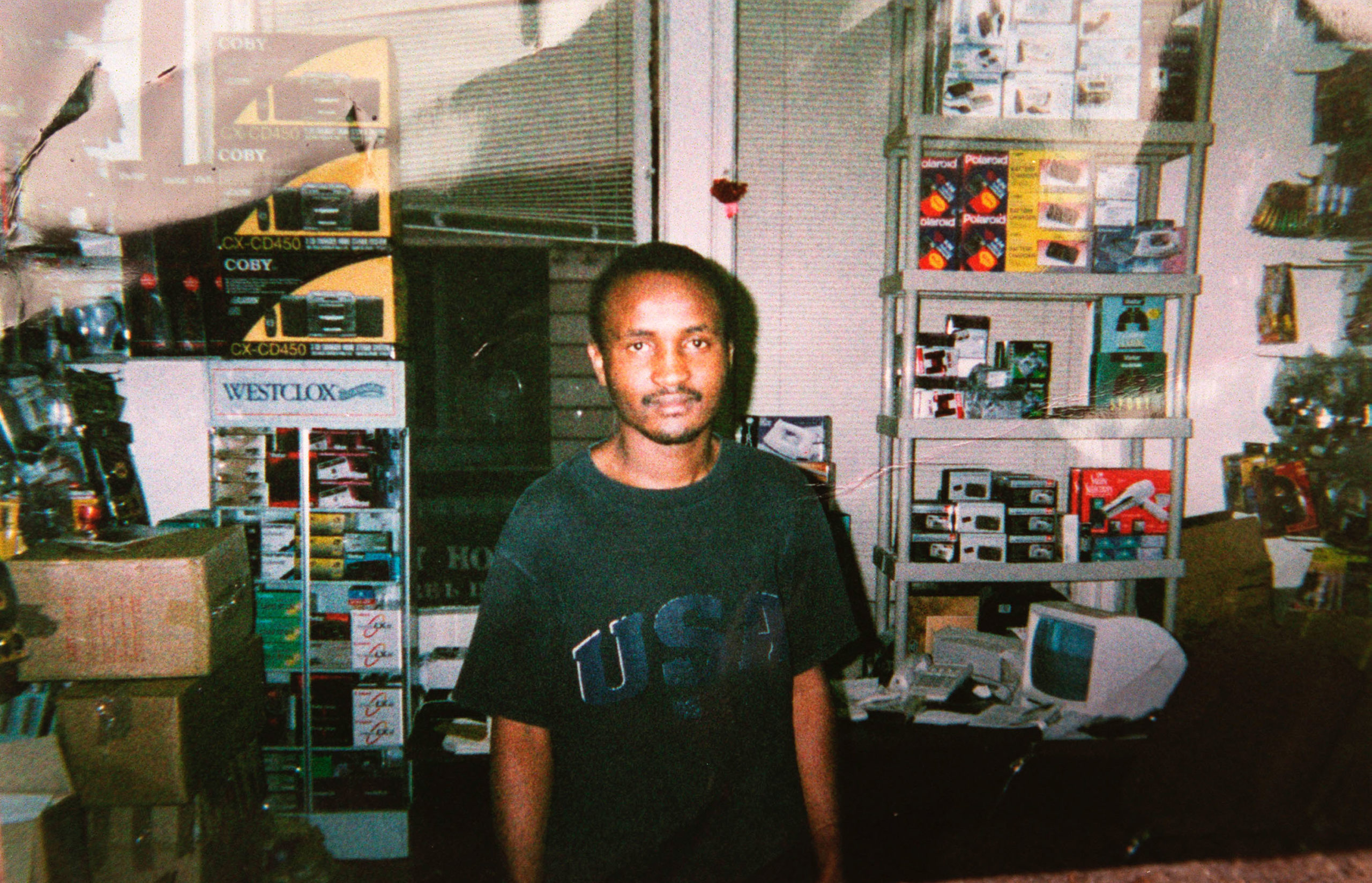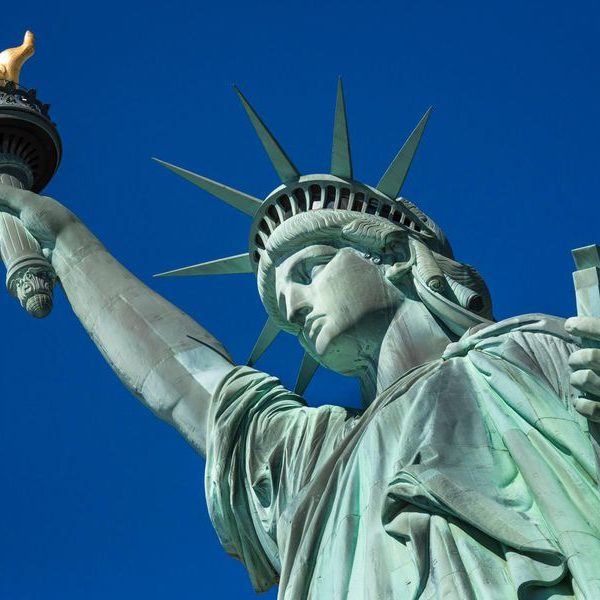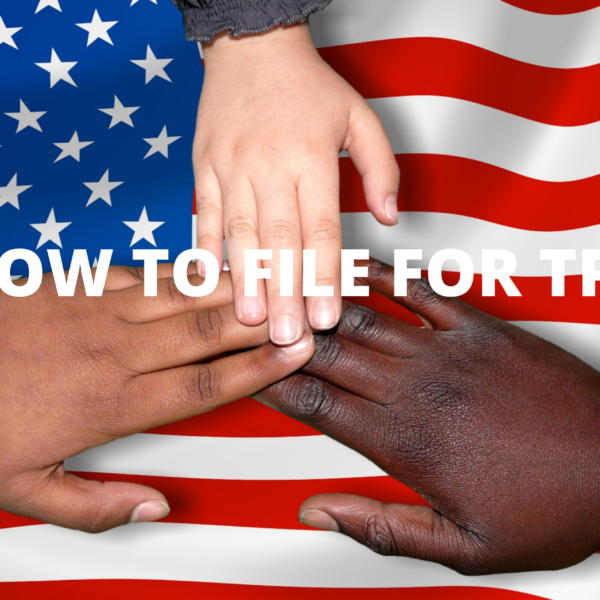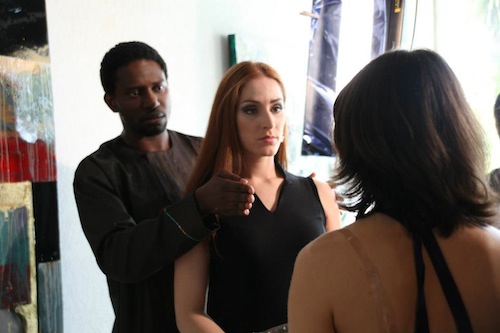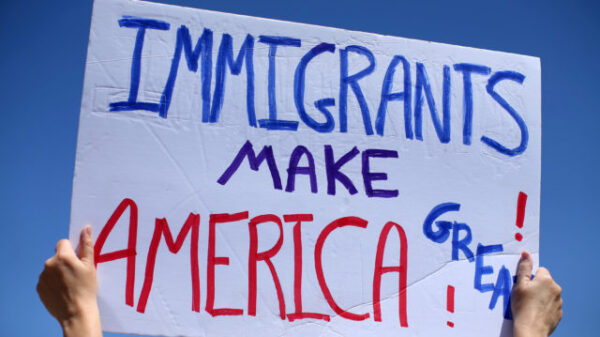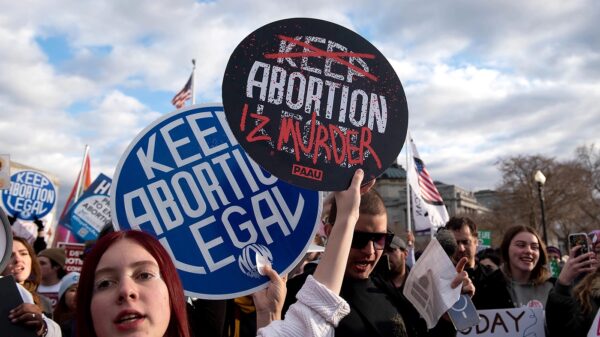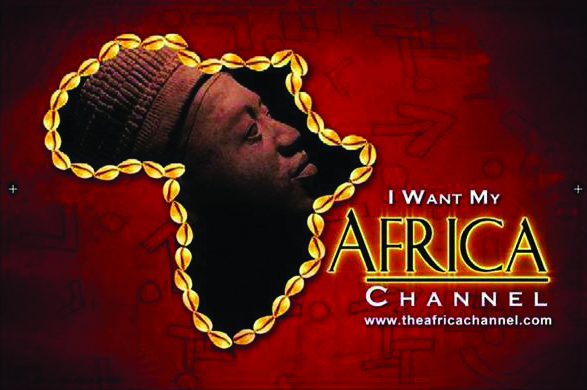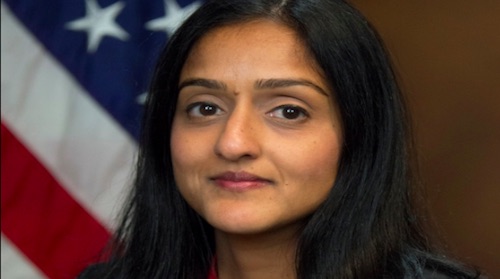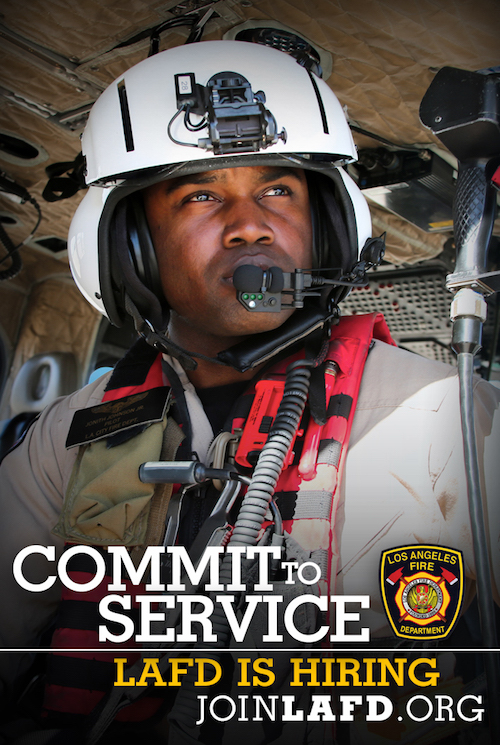Despite making up only 7.2 percent of the noncitizen population in the US, more than 20 percent of people facing deportation on criminal grounds are Black.
Magazine, Immigration, Culled from Documentary.com,
When George Floyd’s life was brutally ended under the knee of Minneapolis police officer Derek Chauvin, he repeatedly pleaded for his life, uttering the phrase: “I can’t breathe,” a painful déjà vu that hearkens many New Yorkers’ memories back to the death of Eric Garner via police chokehold in Staten Island just under six years ago.
Eric Garner’s killing brought to the national forefront the brutal truth of what New Yorkers had long contended within our neighborhoods and enclaves — that Black and POC communities in New York City were at the mercy of an unchecked police state, in all of its iterations, from the punitive shadow of immigration enforcement to the coded criminalization of Black neighborhoods in the form of broken windows policing.
The tragedy of Eric Garner however, was far from the first time that an incident of this scale reached national attention;15 years earlier, Guinean immigrant Amadou Diallo was killed at the hands of four plainclothes police officers with 41 bullets, claiming that he met the description of a rape suspect and seemed to have a weapon on him (it was later confirmed that he was reaching for his wallet). Two years prior, Haitian immigrant Abner Louima was assaulted and sexually abused by 4 police officers in the 70th precinct of the NYPD after being picked up outside of an East Flatbush nightclub.
There are numerous other stories of Black immigrants and their families being tyrannized by the mortal force of the Boys in Blue: Burkinabé Ousmane Zongo in Chelsea in 2003, Haitian-American Patrick Dorismond in the Garment District in 2000, and Jamaican-American teen Ramarley Graham in 2012 in the Bronx. In nearly all of these narratives, the families and their communities spoke and organized against police brutality and the oppressive force of the NYPD – a shared pain that exists throughout the Black diaspora no matter when you touched America’s shores.
Presently, the neighborhood of Flatbush is reinvigorated in a new crusade against the police – a rush of organizing that has been inspired by the wave of protests that began in Minneapolis in the wake of George Floyd’s death, as well as the ongoing tensions with the increased police presence in the subways and streets that have already caused several violent conflicts with young teens. There are long-standing disruptions as well, as Emily Batista, organizer for Equality for Flatbush points out, “in Caribbean communities in Brooklyn, the informal economy and means of making money as a result of being systematically pushed out of the formal economy is criminalized by the NYPD,” adding “we know that the NYPD targets dollar van drivers, local street vendors, and the Caribbean owned businesses with harassment and violence. That is why we organize Black and Brown people across Brooklyn.”
Black New York residents have had to accept empty promises of pathways for reform. Organizations like Equality for Flatbush, as a result, have been proactively involved in organizing efforts, expanding their anti-policing actions into dedicated protests against police brutality. “When fighting for police and prison abolition, we are fighting the oppressive systems that criminalize Black Caribbean lives,” Batista says. “The police work with ICE to capture, detain, harass and intimidate people because of their possible immigration status. Fighting against white supremacy means fighting towards the liberation of all Black and Brown people from all forms of incarceration and prosecution.”

